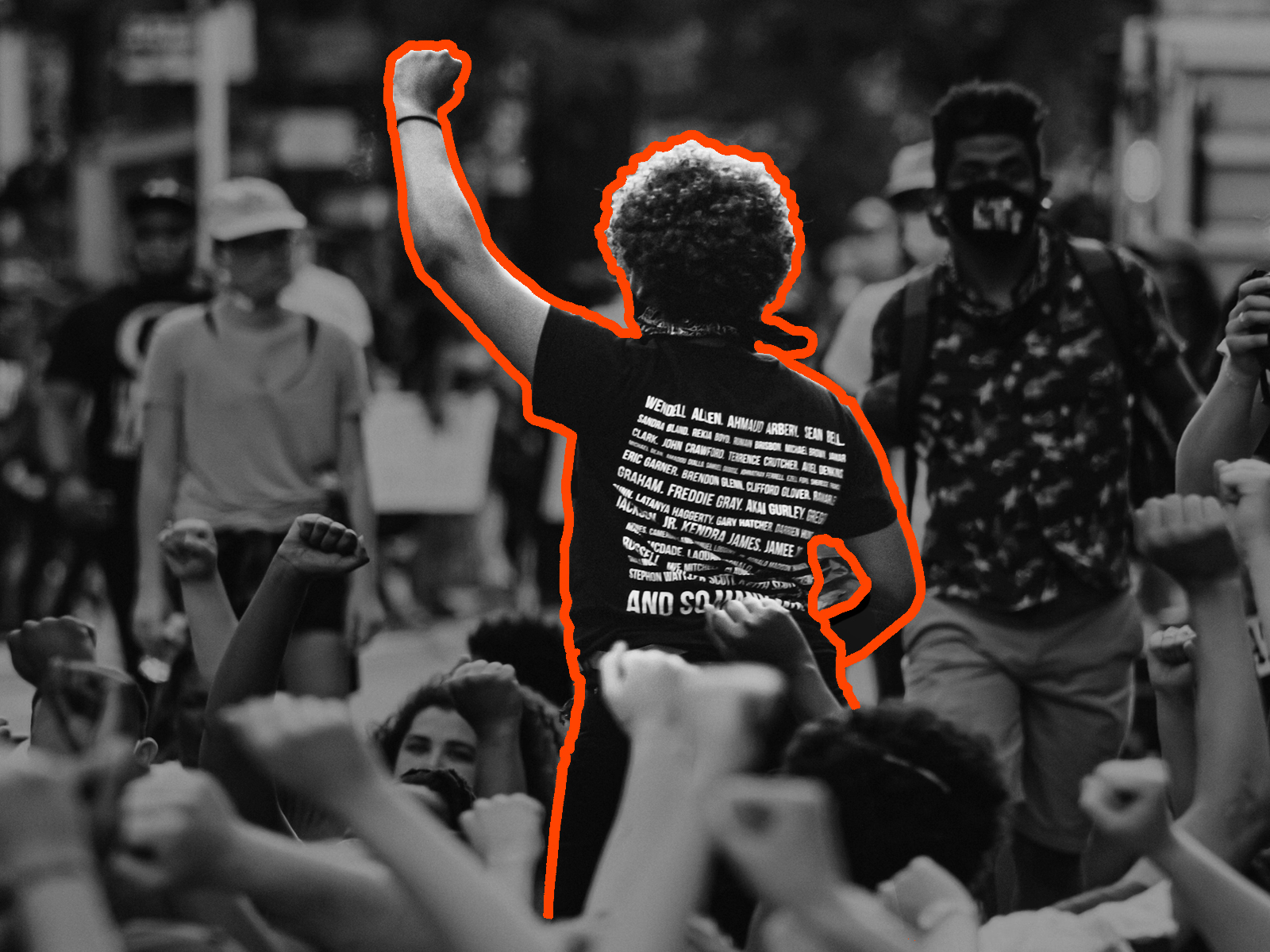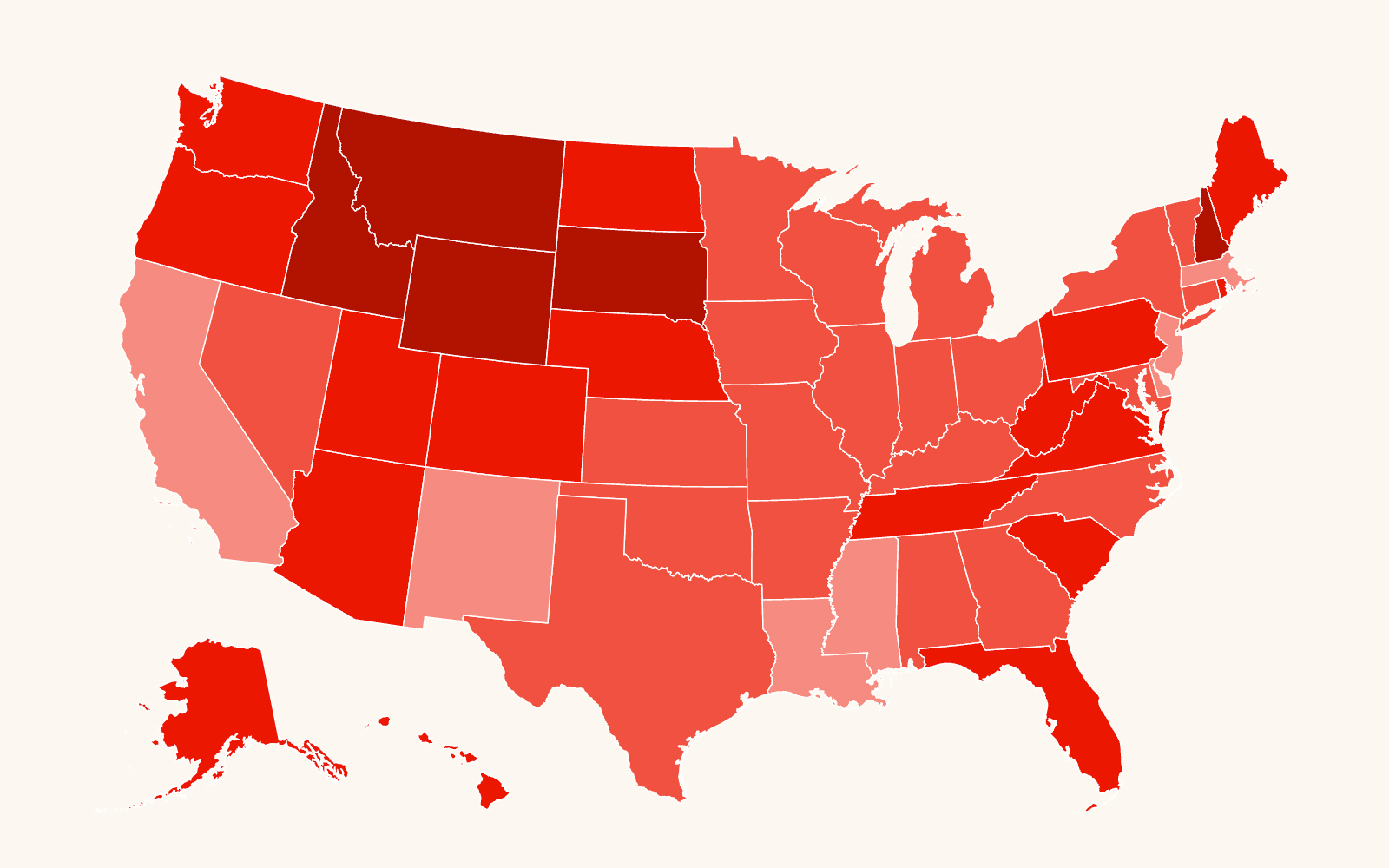On June 14, the U.S. Army plans to roll tanks and march troops through the streets of Washington, D.C., in a massive parade to celebrate its 250th anniversary.
The parade, which will reportedly cost taxpayers up to $45 million, also coincides with President Donald Trump’s birthday. Though the parade has not been officially linked to Trump, its timing and scale have raised eyebrows.
Other presidents have participated in military parades, but no precedent exists for a large-scale military parade with tanks and other heavy, tracked armored vehicles on a president’s birthday. Such celebrations to honor a president’s birthday are more common in authoritarian regimes.
The upcoming parade was not part of the Army’s anniversary plans until recently. It marks the realization of a desire Trump expressed during his first term. In 2018, Trump directed the Pentagon to plan a military parade after publicly marveling at France’s Bastille Day parade in 2017. Then-Defense Secretary Jim Mattis shut down the idea.
The potential $45 million price tag, which includes $16 million to fix streets that the parade would damage, could balloon even further following the parade. Costs for cleanup and increased police presence are reportedly not part of the current estimate.
Here’s a look at what $45 million could provide for education, health care, housing, veterans’ services and food assistance — and what communities stand to gain when investments are made in these critical services and programs. The parade cost could cover:
1
Buying more than 14 million lunches for high school students. (The School Nutrition Association’s national average for the price of high school lunches is $3.20.)
2
Funding Medicaid coverage for almost 6,000 eligible people for a year. For children alone, close to 14,900 could be covered. In Alabama, where children are more than half of all Medicaid recipients, more than 21,700 children could be covered for a year. (These figures are based on KFF data that shows Medicaid spending per enrollee in 2021 was $7,593 for all eligibility groups, $3,023 for children, and $2,069 for children in Alabama.)
3
Providing more than 4,500 Georgia households with subsidized housing assistance for a year. (In 2023, the Department of Housing and Urban Development contributed an average of $830 per month per household, or $9,960 per year, to supplement the rent people living in subsidized housing paid, according to USAFacts.)
4
Covering a year of disability compensation for more than 7,200 military veterans with a combined disability rating of up to 50%. (The average annual veteran disability compensation payment ranges from $1,425 to $48,227 per person, according to a 2024 USAFacts analysis of data from the U.S. Department of Veterans Affairs. This figure is based on the average compensation per person for veterans with a combined disability rating of up to 50%.)
5
Helping to feed nearly 17,700 people for a year through the Supplemental Nutrition Assistance Program (SNAP). (In fiscal year 2023, SNAP benefits averaged $211.93 per participant per month, according to the U.S. Department of Agriculture’s Economic Research Service.)
For a look at how funding cuts to some of these services and programs could impact people across the Deep South, read our six-part “Cuts & Consequences” series.
Lindsey Shelton is a senior staff writer at the Southern Poverty Law Center.
Illustration: iStock/SPLC



